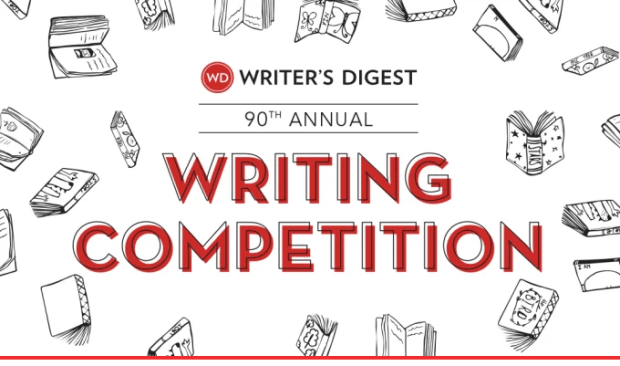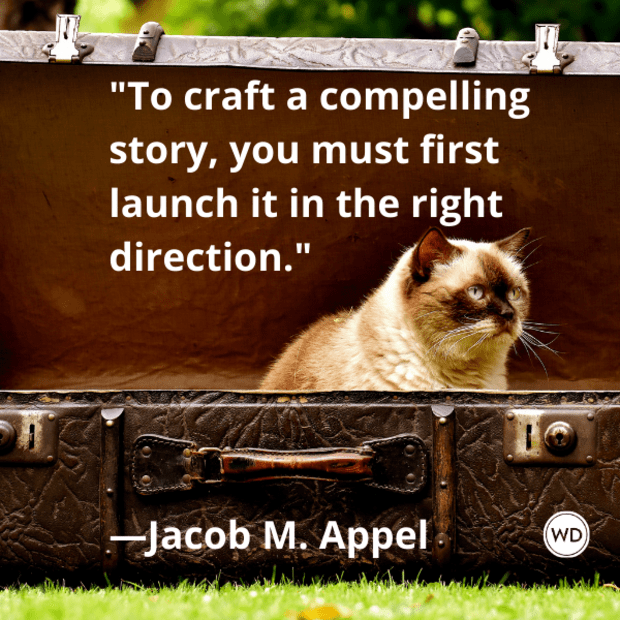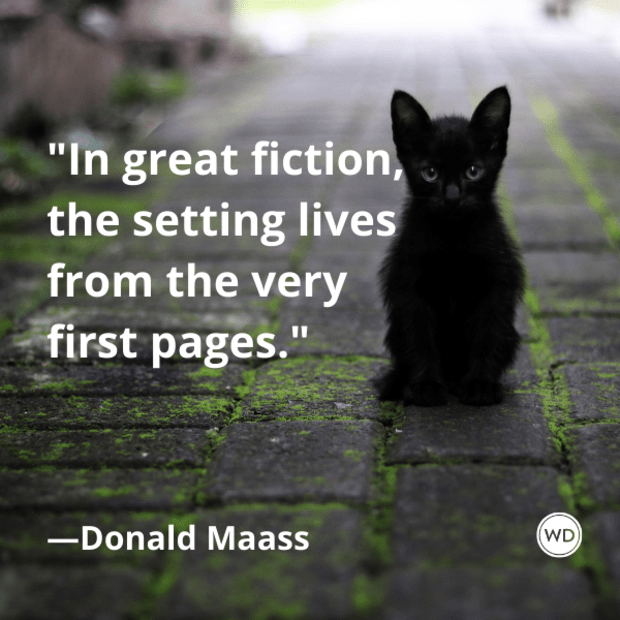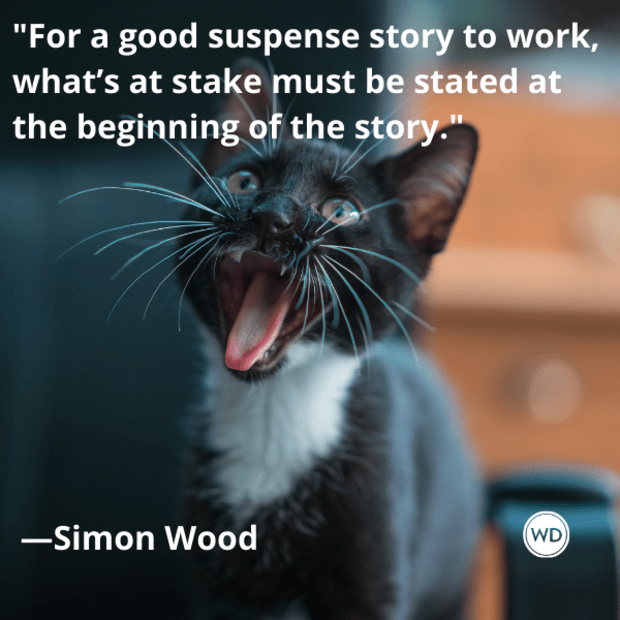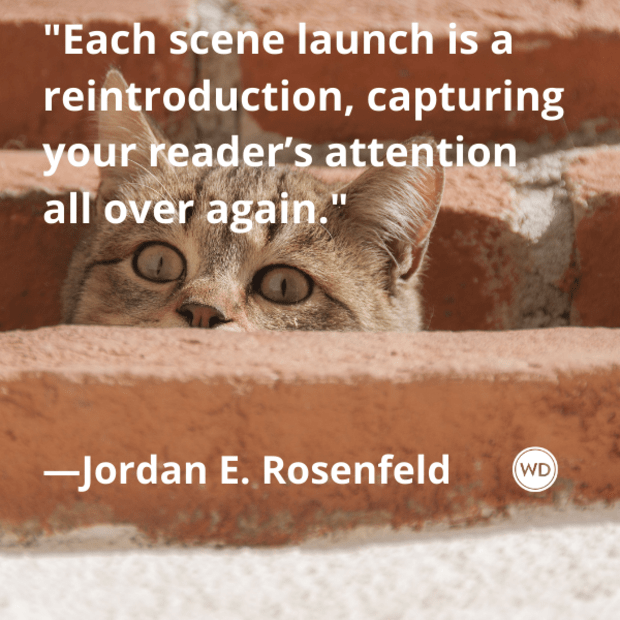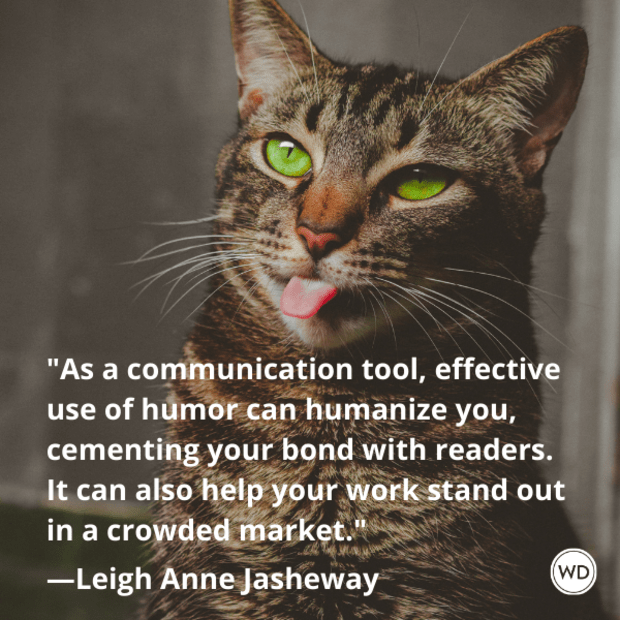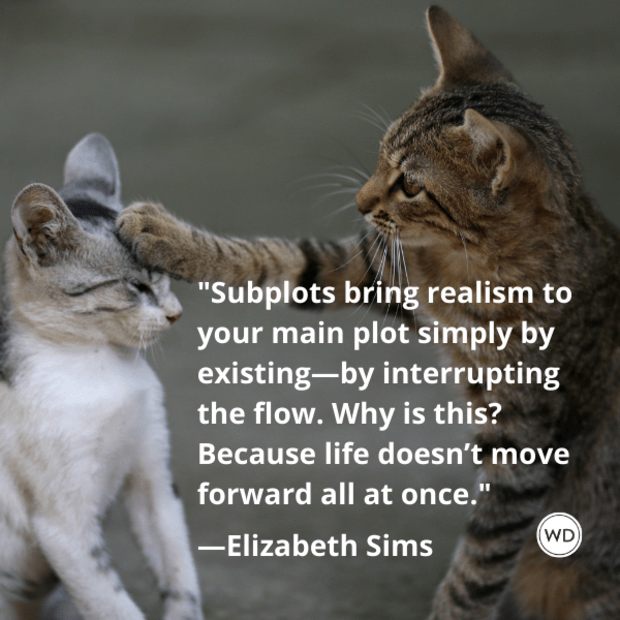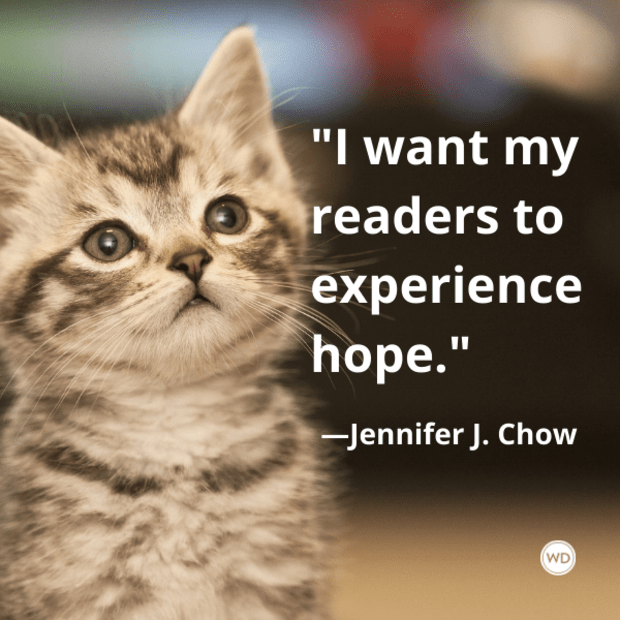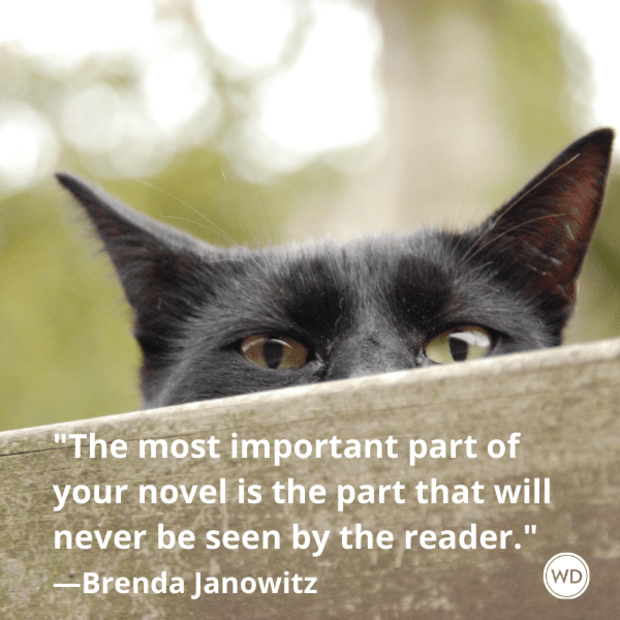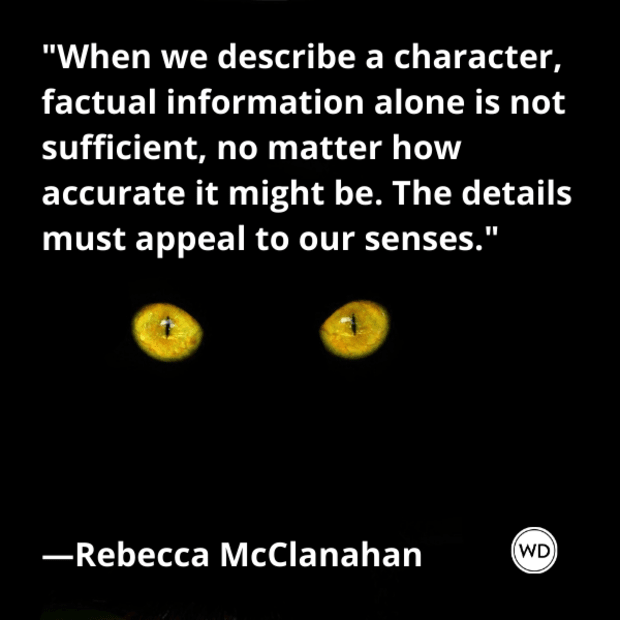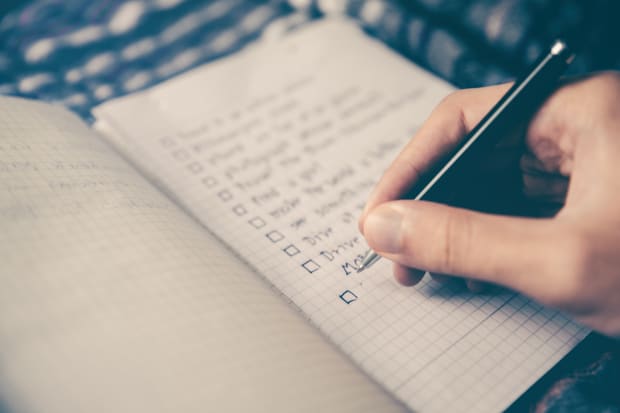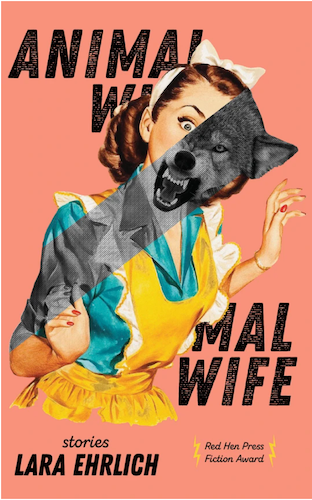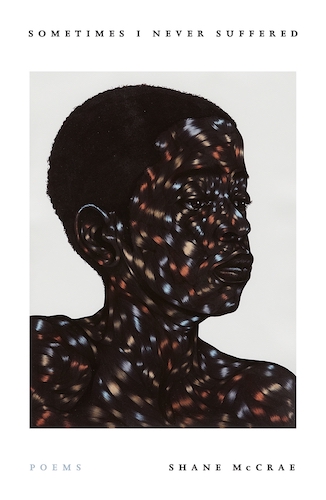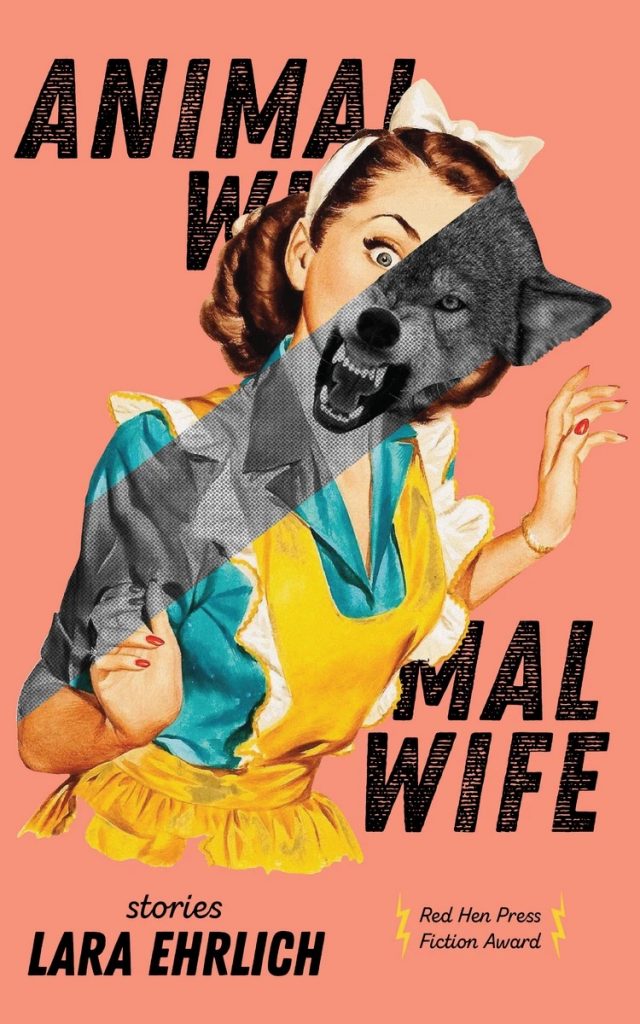I wasn’t in LA because of Joni Mitchell, but that was what I had told my Lyft driver and it felt good to have a story.
‘Joni Mitchell, Joni Mitchell,’ he said. ‘I’m just thinking if I know someone who knows Joni.’
I didn’t say anything.
‘Hmm, wait I think I do. I’ve known Gillian Welch for like twenty years, I’ll give her a call. Maybe Gillian can hook you up, get you five minutes on the phone with her or something. Here, take my number.’
He told me he was a spokesperson for a car rental company. His hobbies were golf and doing extreme assault courses. I’m pretty sure his name was Robert Reagan, but he went by Reagan. I took his number.
Later that night, I searched eBay for Joni Mitchell ephemera. I found a cutting of a review of her album Blue, taken from a 1971 issue of Melody Maker. It was cheap, so I bought it. The review argued that Blue’s songs were ‘hard to relate to’, the ‘problem’ of the record ‘one of empathy’. The experiences cited were ‘the sweet dilemma of being stuck in Paris when she wants to be in California’, and were ‘divorced from our field of experience’.
The review felt bewilderingly off for me, for I relate to Blue on what now feels like a cellular level, before I’d even fallen in love; and many years before I had travelled outside of England for the first time.
I think back to 1992. My best friend had just started her periods. She was sleeping over on the pull-out bed that lived under my own. We called it ‘the surfboard’. My red and purple lava lamp was on, the rest of the lights were off. We listened – for the first time – to Joni Mitchell’s Blue on cassette, borrowed from my older sister.
In my memory of that night, the lava lamp was like the pain my friend was experiencing, the hot red pulse of it. Pain as a red energy, as hypnotic. Pain that moves as an octopus might in the unknown deep seas of womanhood and romantic grief. I was fourteen and I was yearning for both.
The first song on Blue is ‘All I Want’ and you join the song rather than waiting for it to enter. From in the dark cocoon of our sleepover, Joni sang ‘I am on a lonely road and I am travelling, looking for something what can it be?’ I remember having a queasy feeling, one that was not unpleasant, but the bodily sense that I would experience something transformative, and soon. I joined Joni on the road she was travelling, and I knew I would not sleep until the cassette had clicked onto the B side and I had heard the last note of the last song.
That night Blue ignited my project of romantic love, my idea of how I would press my heart against the world. The album laid it all out for me – I’d fall in love, it would be sweet and cosy, I’d be sad, I’d sometimes need to run away. I’d hurt someone. They would hurt me. The music’s harmonic cascades, in all their sprawling highs and lows mapped the course. Above all, I’d be prepared to bleed.
In early crushes and relationships, I’d test my feelings against Blue’s sentiments, as though the album provided a scale of intensity that would reveal whether the love had substance. Was this a love so strong I couldn’t numb it out of myself with wine? Was it a love with the endurance of the northern star? Could it keep away my blues? Would it anchor me where I stood, or let me sail away? Looking back now, I think I tricked myself into believing almost all of the romantic attachments measured up against that scale.
But there’s something I’m not saying. It wants to escape, like a secret that’s too big to keep. I want to love; to put ‘you’ in a sentence, to put a ‘you’re’ in my blood, but I have somehow failed. This is the secret I find unbearable to admit: that I’ve let the pain of love ‘get me scared to feel’. And I yearn more than ever. For the wild rushing river of a love affair, the doom momentum of unrequited love, the touch of someone ‘so gentle and sweet’. I gave my up project of romance and now decades have passed. I don’t know how to find my way back to the road.
*
Sometimes I feel a kind of gratitude for my cat’s little hot tongue on my hand, when she occasionally includes me in her grooming. I notice what it activates in my body – a feeling of being tended to, like someone briefly stroking my hair. I know the action of a cat is not unnatural but I worry my experience of it is. The brief pleasure of the cat’s attempt to care for me is sharply replaced by shame. How is it that I lack physical intimacy to such a degree that this interaction is a ghostlet of bodily affection? I notice that the older I get, the less I talk about my cats to people who I’m not close to, such is my discomfort of performing the trope.
In ‘All I Want’ Joni sings, ‘I hate you some, I hate you some, I love you some’. A manifesto of romantic ambivalence, of how the mind ‘see-saws’ when you love. Joni plays a stringed instrument I had always assumed to be a guitar, but now know is an Appalachian dulcimer, which she used for the first time on Blue. The dulcimer flits cleanly between chords, but is tonally nervy – a musical agitation, and Joni’s mezzo-soprano voice glides above it, making full use of its range. It wasn’t until recently that I paid attention to the line ‘I love you, when I forget about me’. In the loving I’ve done I’ve often obliterated my sense of self: I’ve not located my needs, let alone asked for them to be met. I have just doggedly pursued a kind of abstract reciprocation, and because I’ve not paid enough attention to what I want, the vast contrast between what I want and what I’ve received hasn’t been as visible to me.
My friend Roddy and I would call these people, these ones who made us grateful for their scraps of attention, our ‘givers of crumbs’. At the beginning of this year Roddy died after a long illness. A few years before, he spent some months in hospital and suffered from Hepatic encephalopathy, which gave him delusions, making conversations with him hard to follow and often very distressing. Because I was so frightened that every time I saw him might be the last, after each visit I would write down everything that I could remember him saying, and, in doing that, sift the Roddy I knew from the Roddy carried away by his illness. Most of the time he’d be animated by a fantasy that was gripping him at the time – that he was married to one of the nurses, or that the man in the neighbouring bed was a murderer, or that he’d booked us a table for dinner and could I order a taxi? One day, he was in a quiet mood. I was fussing with his lunch, trying to get him to eat. He looked at me and said, ‘Love hasn’t happened for you, has it?’ I was shocked, the acuity and cold blade of his observation.
On my flight back from LA there was a couple in the row in front who shared a pillow between their two head rests and watched a film together. It moved me, in the way that feeling can flood your body sometimes, in the way absence can pour in. I was being let into a private scene and witnessed its easy intimacy. I sat there thinking of what I wish I had. Someone to refold my blanket after I’d left my seat. Someone who set up the film for us to watch together. Someone to include me in their ‘we’.
When I am cooking, I sing a line from Joni’s ‘My Old Man’ to myself, ‘the bed’s too big, the frying pan’s too wide’. That’s what the couple sharing the pillow brought to mind: they seemed like the kind of couple who’d never spent a night apart. I love my empty bed; it never feels too big for me. And I’ve slept alone for so many years that I find it hard to share a bed these days. The frying pan on the other hand. The frying pan has an altogether different intimate energy. Perhaps it’s because people so often fry eggs for someone they love. And to eat eggs together suggests a synchronised hunger, suggests sleeping and waking together, and says please linger, please stay. Perhaps it’s the sweet balance of ‘you cook and I’ll wash up’, how the pan moves from one person’s job to another, and the ordinariness of that joint endeavour.
The friend with whom I had first listened to Blue, her surname was Green, and so ‘Little Green’ became a song for her. And her eyes were blue, like the child Joni sings to in this song – the child named Green for spring, for the aurora, for the children ‘who’ve made her’.
As I spent time in LA this confluence of blue and green revealed itself to me, and these colours filled my eyes everywhere I went, in that way noticing allows you to rapidly accrue. I went to a bar to read my book (Blue Ticket by Sophie Macintosh) and I ordered a ‘Garden Cocktail’ which was a shimmering, near-metallic green colour. Across from me were two women with blue/green tattoos on their faces and necks, and blue streaks in their curly brown hair. I walked through the streets to take photos of the abundant cacti and mutant succulents which seemed so casually growing in those scrappy little patches of earth between the street and the pavement. Every green thing had a halo of blue. I dreamt I was the curator of a museum called The House of Blue. The walls were painted the colour of Debbie Harry’s eye shadow. The perimeter of the floor had a dusting of the pigment, hazy but alive – a kind of neon blue glow seen through a steamed-up window. The House of Blue didn’t work without green. I made a pilgrimage to Joni’s old house in Laurel Canyon where she wrote many of the songs that would end up on Blue. Walking down Lookout Mountain Avenue, there were purple flashes of violas, the flowering rosemary and thyme. Every green thing had a bleed of blue.
I had a difficult feeling in my chest and throat, a tension, as though a rigid flower was attempting to open its petals in me, and I needed to give myself over to it. I stopped for a few minutes and watched young deer spring across the hillside opposite. I picked a violet and closed my hand over it. I was aware of my dramatising of this journey as it happened.
I reached Joni’s house and stood on the driveway outside, unsure of what to do. On my tiptoes I looked over the sage-green fence, and a golden dog appeared in a window on the second floor of the house. It noticed me and began to bark.
Absence of romantic love in my life has created its own awkward space in me. Like a corner of a room you cannot find a comfortable use for, a deficient space, grasping for its own utility. And I sense other people can see this and that it makes them uncomfortable. They seek to solve it (‘get on the dating apps!’) or to refute romance as goal (‘I wish I had your freedom’), and some people, the coupled ones who rarely use ‘I’, all their tastes, habits, opinions tethered into ‘we’, seem to panic about how to interact with me, like the barking dog sounding the alarm to its owner. I did not want to leave Joni’s house, having travelled from New Cross to Los Angeles to be there, having imagined the experience of seeing the house where she lived so many times and then experiencing that happening, anxious to make that experience count. I thought of ‘Carey’, Joni’s song about a love affair on Crete. She sings: ‘it sure is hard to leave here Carey, but it’s really not my home’. I walked down the steep road until the pavement ran out.
I did not call the Lyft driver who said he would try to connect me with Joni. I thought she’d see my deficiency too.
I listened to Joanna Newsom instead, beginning with her song ‘In California’ a kind of proxy for Joni’s ‘California’. Joanna sings that she’s not afraid of anything, ‘save the life that, here, awaits’. I caught myself remembering something I’d read earlier that day. Dipping in and out of phone reception I finally found it on Twitter. It was from Deborah Levy’s memoir The Cost of Living: ‘I stopped by the fountain, only to find it had been switched off. A sign from the council read, “This fountain has been winterised.” I reckoned that is what had happened to me, too. To live without love is a waste of time.’
Joni knew about being winterised. One of the first of her songs that I loved was ‘The Gallery’ from her album Clouds. In ‘The Gallery’ she sings of how she gave a partner all her ‘pretty years’ but when their love began to fail, he left her to ‘winter’ alone. I hadn’t realised I’d winterised myself. I hadn’t realised I’d wasted so much time. I’ve been saving love for a special occasion, like a bottle of wine I’d hung onto, even though it would not age well. I’d given my pretty years to no one.
The desire for romantic love sometimes builds up behind my temples like a bad weather front. I want to be able to gorge on it, to live beyond the sufficiency of friendship. It feels like failure. I wonder if I have wrongfully positioned romantic love at the centre of experience, to which all other loves are subordinate. I wonder if I have convinced myself that it is weak to want it, that I’ve succumbed to lazy, heteronormative ideals of how life should be lived and what relationships and experiences are to be most valued. I scold myself for not simply valorising the platonic and familial loves I have. I tell myself it is due to a lack of imagination, intellect and gratitude that I can’t sustain myself on those loves alone. I tell myself I am deeply flawed else it would come to me as easy as I perceive it comes to others. When Joni repeats ‘Will you take me as I am’ with evolving emphasis and ascending pitch at the end of ‘California’ – each pushing at a different vulnerability, I wonder which of the variants is most persuasive. Which variant of me will succeed?
I’d been drinking wine on the train with ‘my headphones up high’ and realising that I still had three hours to go, I bought another half bottle and took it back to my seat, along with a cup full of ice. A lot of the time it’s someone to get quietly drunk with that I’m yearning for. A quiet abandon and unguardedness, that absolute giving way to being seen. I was trying simultaneously to numb the grief I felt and to burrow into that grief, so I could stand in it. I wanted to express it as Joni, Joanna and Deborah had. To summon the empathy, the relatability they generated, to see myself in the absence of a partner who could show me. The shore that the train had clung to disappeared then, and after the obscuring hills – which I resented – we passed through oil fields, crops, the scrub, until the sun went down and I felt dehydrated and bereft. The blue of the sea replaced by the blue of night.
The night my friend Roddy died, I was with my friends Amy and Bryony. We were watching videos of Canadian figure skaters Tessa Virtue and Scott Moir. One in particular, their final (gold medal winning) Olympic performance, beguiled us. It led to a conversation – a game almost – about what music we would each skate to for our ‘short’ and ‘long’ programmes. My friend Amy knew immediately: she would skate to ‘Video Games’ by Lana Del Rey for her short programme, and then ‘Permafrost’ by Magazine for her long programme. We were drinking and got distracted by another line of conversation before Bryony and I gave thought to our own answers.
When I woke up the next day, I rewatched Virtue and Moir in bed, tears slinking down my face. It came to me that I would skate my long programme to ‘River’ by Joni – give myself a real river ‘to skate away on’. I played the song, visualising a routine. As the song ended, I went onto Facebook to send the ice-skating video to a friend who I thought would love it. It was at that moment I was told of Roddy’s death. I wish I had a river. I loved him.
At Roddy’s funeral I struggled to explain the nature of my relationship with him to his family. The best I could come up with was that it was not a romantic relationship, but it sometimes had a romantic dynamic. I ask myself what that dynamic consisted of – some of it was the ‘hate you some, hate you some, love you some’ feeling that I’d schooled myself to expect in my relationships with men. We really wound each other up; Roddy would often feel rejected by me, and I infuriated by him. But it was more the way we performed domestic intimacy. We did not spend the night together, but we’d cook simple meals for one another, the fanfareless meals I imagine exist in cohabitation (‘good omelettes and stews’), and we’d play each other favourite songs, songs that were then attached to one another. He once told me he’d listened to sixty-seven versions of ‘Both Sides Now’ and the Skeeter Davies version was the best.
When I sing ‘A Case of You’, there is no one I situate in it, but I do ask myself who and what might form part of what ‘pours out of me in these lines from time to time’. Absence of romantic love is part of how I manifest in the world whether I want that or not, and I realise I am at war with this idea. I can’t hold the lines that I am trying to sell myself, that the platonic love I have never lacked makes up for, or transcends, the lack of romantic love. If I look at the lyrics of this song on the page, rather than stitched into the formality of the music, I find their sentiment mildly hysterical. But if I sing it, I sing it with absolute solemnity. The austere guitar of ‘A Case of You’, its honest unadornment, balances with the rich blood of the lyrical meaning. So many songs are like this – the music, the notes we hang the words on, make us less self-conscious about the statements we are making. I say this as someone who once sang the whole of Jeff Buckley’s album ‘Grace’ to a man I’d brought home and didn’t become embarrassed about having done that until a decade or so later. I remember a line from Richard Scott’s poem ‘love version of’ where the speaker implores his lover to wake up and ‘tell me if the word soul still means anything’. Only a lover could use the word soul and get away with it. But it can’t be right that I need a lover to speak of having a soul.
An unavailable man I slept with over a number of years once said to me, ‘You’re not going to do anything stupid like fall in love with me, are you?’ We were sat at a beer garden table, an hour outside of London. I’d taken the afternoon off work to meet him where his barge was moored. He’d kept me waiting for him at the train station where he was due to pick me up. He’d texted me while I was on the train to ask me to take off my underwear. I’d been so compliant. His question-warning made me protest: how audacious to think I might love him! But it was no use, he’d already seen me. Seen how my eyes were moonstruck for him. Now I cannot locate a scrap of what I admired in him; I can no longer be certain which ancient romantic injury I am needling, and what losses have made me so scared to feel.
Joni’s voice on ‘The Last Time I Saw Richard’ moves with such agility between syllables and notes, she’s like a mountain goat that scrambles up and down a rock face while you stand at the bottom, tense with disbelief and hope. Speaking about Blue in 1979 in Rolling Stone, Joni herself said, ‘there’s hardly a dishonest note in the vocals’. I’d go further – by the time we reach the closing song of the album, Joni seems sonically fearless.
A romantic dynamic is not enough. Being loved by friends is not enough. I am ready to face that, but unsure how to move out from the fear position. To say this is the sex I want. This is the communication I want. This is reciprocity I expect. To understand at forty-two years old that I’ve never had a relationship with these elements in place. The idea I have never felt safe in a romantic relationship feels painful, and that for half of my life I’ve existed on romantic scraps, that feels humiliating. As though I am utterly unloveable – the fear that rushes in, on ‘dark cafe days’.
The notion of romanticising pain is the trap I didn’t know I’d fallen into. On her album Ladies of the Canyon – the one that came before Blue – there is a song called ‘Willy’ which feels to me like the gateway to Blue’s sensibilities. She sings: You’re bound to lose if you let the blues get you scared to feel. I would apply that logic to the men I have desired. They were just too scared to feel for me and I was the brave woman who put her heart in harm’s way. What is biting at me now is the realisation that I’m the one who is scared to feel. I’ve kept myself away from love. I thought it was the responsible thing to do, to limit the harms I might inflict on myself, after all I’m not to be trusted. But in doing so I’ve enacted a different kind of harm. I’ve limited and denied myself. I’ve not met the romantic potential I assumed I had.
I know I can fully experience platonic love. And I have sustained myself this long with an emotional resourcefulness perhaps people with romantic partners don’t have the opportunity to develop. I’ve had the space to notice and celebrate loving actions and interactions – how floating in salt water gives me the bodily abandon of sex, a friend who reaches out to hold my hand because they are glad to be with me, my cat settling on my hip for mutual warmth, my cat seemingly sensing when I have a nervy heart, remembering an apricot sky seen alone is no less magic for being seen alone. A letting go of the givers of crumbs.
In my rational mind, I know that I don’t need to encounter my body through its interaction with another body in order to understand it. The body is always revealing itself to you. But there are always parts of yourself you can’t get a good angle on. I want someone else to notice things about me that I suspected but could not voice, and, in their perception, their noticing, to feel observed and understood. But I also remember around the same time I encountered Blue, I learned Dido’s Lament from Purcell’s opera Dido and Aeneas for a school concert, and for the first time felt my voice sounded real and true – beautiful even – and felt the rosy swell of that in my body, and then the music teacher heard it too and asked me to sing it solo. As soon as my voice was noticed, I lost what had made it noticeable. At the school concert my performance was strained and sharp, my nerves pouring out of me in the sound my voice made. When I walked off the stage after it ended, a woman in the wings said to me, ‘Nevermind, love.’
I have never tired of Blue. Perhaps the reason I can listen to it with as much emotional candour as that first time back in my teenage bedroom with the lava lamp doing its mysterious work, is because I’ve no object to attach to the songs. That might be something to be grateful for – in the past I’ve had to give up whole musical genres because they were too closely aligned with a source of romantic pain.
I had always thought that in Blue Joni had taught me about love, about being in love and losing it. Now I think it’s more that Joni taught me about longing. About the gap between what you want and what you have, and what you have and what you had wanted.
In June of this year I saw some friends for the first time in a long time, to celebrate my birthday. We sat outside my flat and a thunderstorm came in. Recognising the romantic potential of a storm, I stood out in the rain and gave myself over to what heavy rain could activate in my body. Rain so heavy it felt like being touched. Later that evening, there were just three of us left. I asked if they wanted to sing Blue with me. And we sang.
Photograph courtesy of the author
The post A Bleed of Blue appeared first on Granta.
